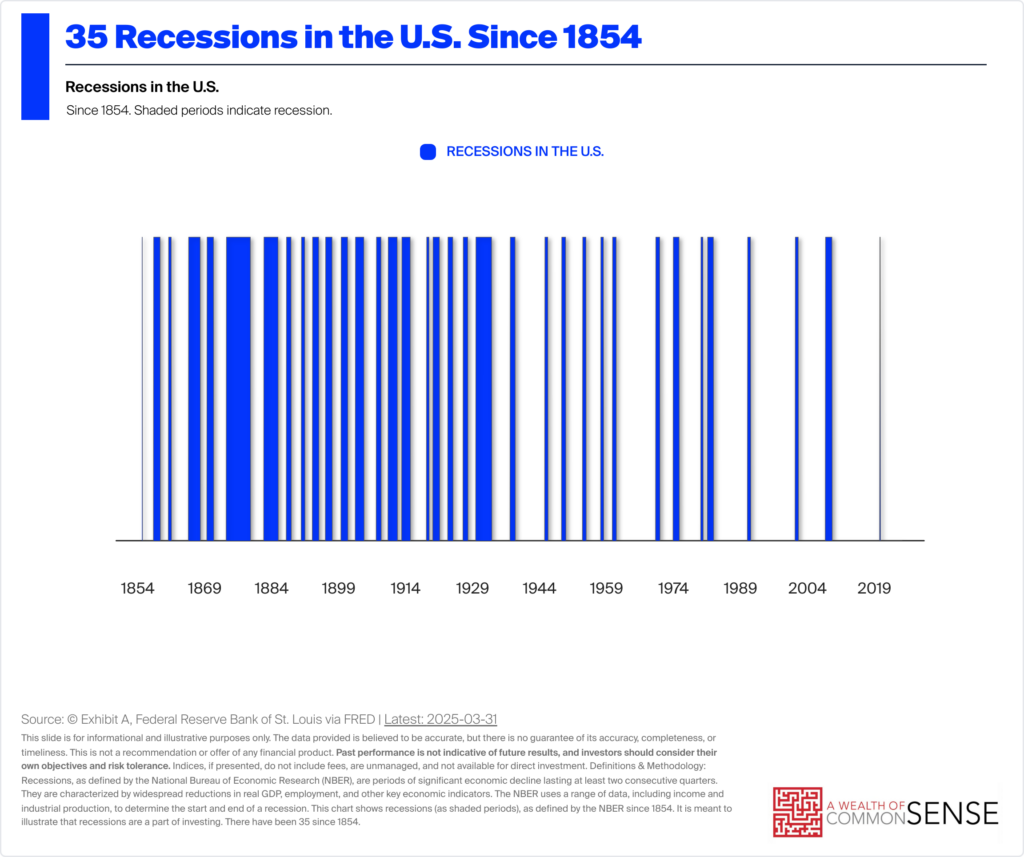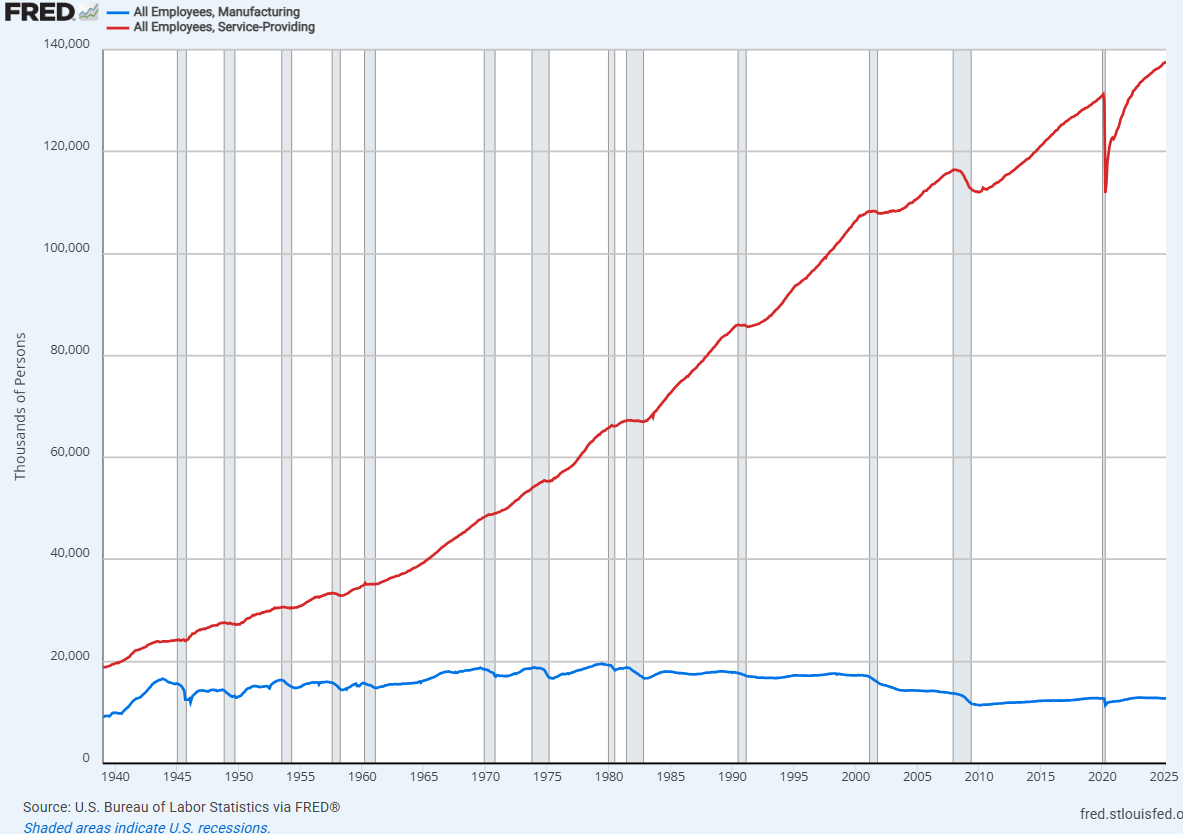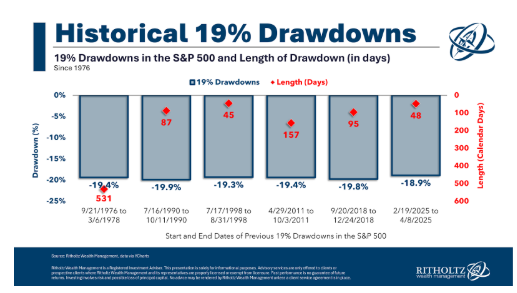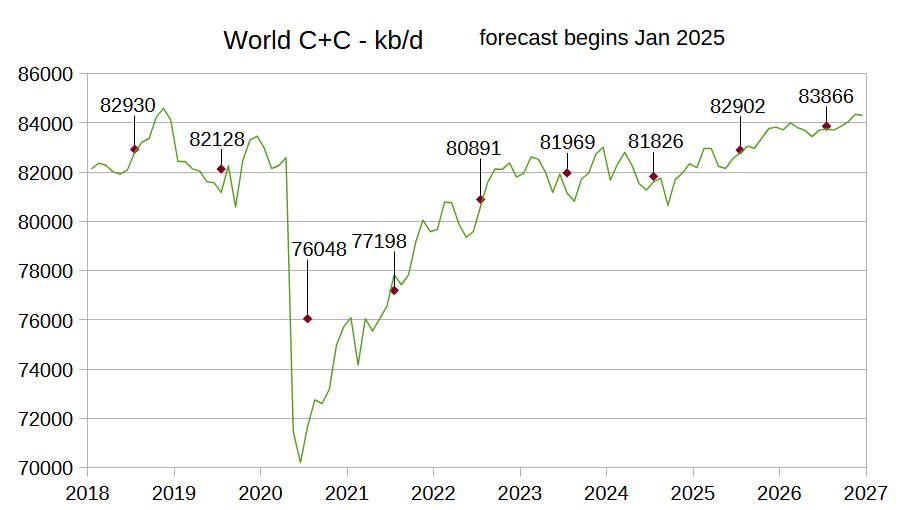Attention Boomers: Your Social Security Benefit Should be $4,442.80 Higher
If you are a Baby Boomer who feels like your Social Security benefit doesn’t quite stretch far enough, there’s a very good reason for that. Your benefits have been losing ground for decades and, had they kept pace with inflation, the average retiree would have around $4,442.80 more per year in retirement benefits than the […] The post Attention Boomers: Your Social Security Benefit Should be $4,442.80 Higher appeared first on 24/7 Wall St..

If you are a Baby Boomer who feels like your Social Security benefit doesn’t quite stretch far enough, there’s a very good reason for that. Your benefits have been losing ground for decades and, had they kept pace with inflation, the average retiree would have around $4,442.80 more per year in retirement benefits than the amount they’re currently receiving.
Key Points
-
Social Security benefits are supposed to have Cost of Living Adjustments built in so they don’t lose buying power.
-
The COLA formula doesn’t accurately measure the inflation retirees experience, so benefits are going down in value.
-
Research shows the typical senior should have $4,442.80 more each year coming from Social Security.
-
4 million Americans are set to retire this year. If you want to join them, click here now to see if you’re behind, or ahead. It only takes a minute. (Sponsor)
Here’s why Baby Boomers have been cheated out of money that should be theirs — along with some tips on what seniors can do to cope with this very real problem.
Boomers should have bigger Social Security checks if their benefits kept pace with inflation
The big issue that has caused Boomers to lose ground is that Social Security retirement benefits are not increasing as fast as inflation — despite the fact the Social Security benefits program is supposed to have built-in Cost of Living Adjustments (COLAs).
See, the COLA formula determines how big of a raise retirees get by looking at third-quarter data for the Consumer Price Index for Urban Wage Earners and Clerical Workers (CPI-W). This is not a great way to calculate COLAs, because urban wage earners and clerical workers have different spending patterns than retirees.
Seniors tend to spend a good portion of their income on things like medical care and housing. Those areas of the economy have seen price growth that outpaced overall inflation. But, since CPI-W didn’t fully account for such big spending increases in these areas, Social Security benefits did not increase as much as they should have.
The Senior Citizens League, a senior advocacy group, evaluated how much benefits would have gone up if a different index was used in the COLA formula. The SCL found that if the Consumer Price Index for the Elderly (CPI-E) was used, retirees would have seen a larger increase in their benefits.
In fact, the typical retiree should be receiving $2,230.46 per month, not the $1,860.23 that was the average benefit in 2024 when the SCL did their comparison. Retirees would need an extra $370.23 per month or $4,442.80 per year to have the same buying power they had in 2020, based on these calculations.
Because of this inaccurate method of calculating COLAs, benefits are worth about 80 cents on the dollar today compared to 2010 — which is a problem for retirees, especially since Social Security already was far from enough to live on as it replaces only about 40% of pre-retirement income.
What can seniors do about the loss of buying power?

Sadly, there is not a lot that retirees can do about the fact that the value of their Social Security benefits has eroded.
They can call their representatives in Congress and ask them to make changes that would result in larger raises. With the current Administration focused on cutting spending, though, and with the Social Security trust fund already in trouble and slated to run short of money by 2035, a benefits increase is most likely not on the table for the moment.
Instead, current and future retirees must be prepared for the fact their Social Security benefits will not stretch as far over time. This could mean seniors need to structure their withdrawals from their investment accounts so they have more money later in life when Social Security can’t meet as many of their needs, or it might mean making budget cuts in the future as the buying power of benefits dwindles.
Retirees with plenty of savings won’t have to worry as much about the decline in the real value of their benefits, so those who want to make sure they are in a good place financially no matter what happens to Social Security should also focus on saving as much as they can throughout their careers to build a more secure future.
The post Attention Boomers: Your Social Security Benefit Should be $4,442.80 Higher appeared first on 24/7 Wall St..

























































































































































